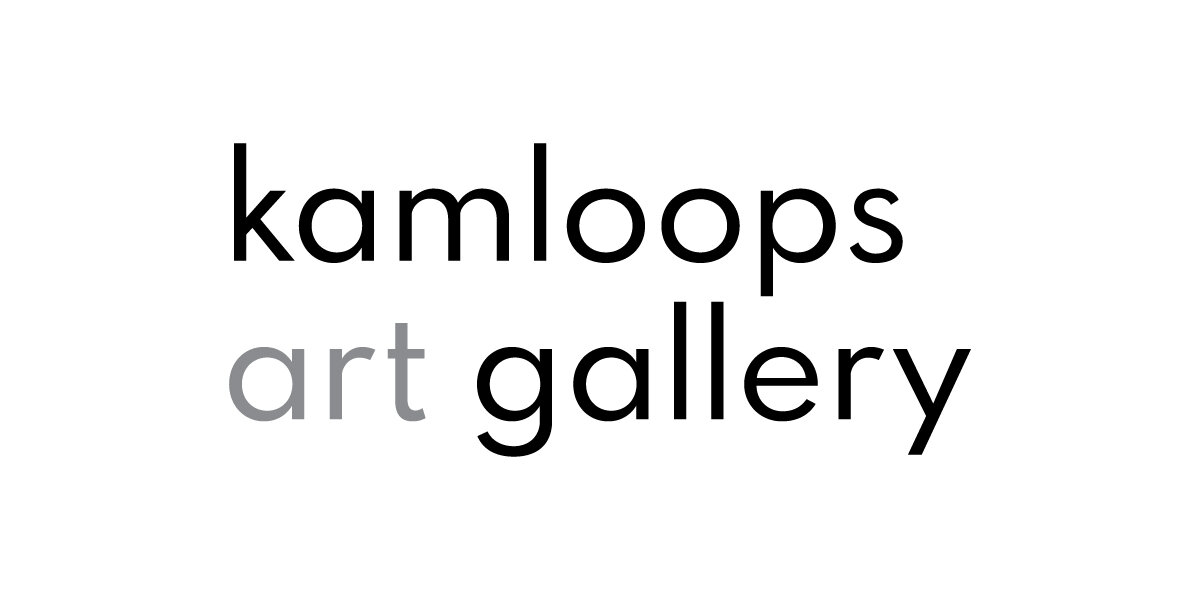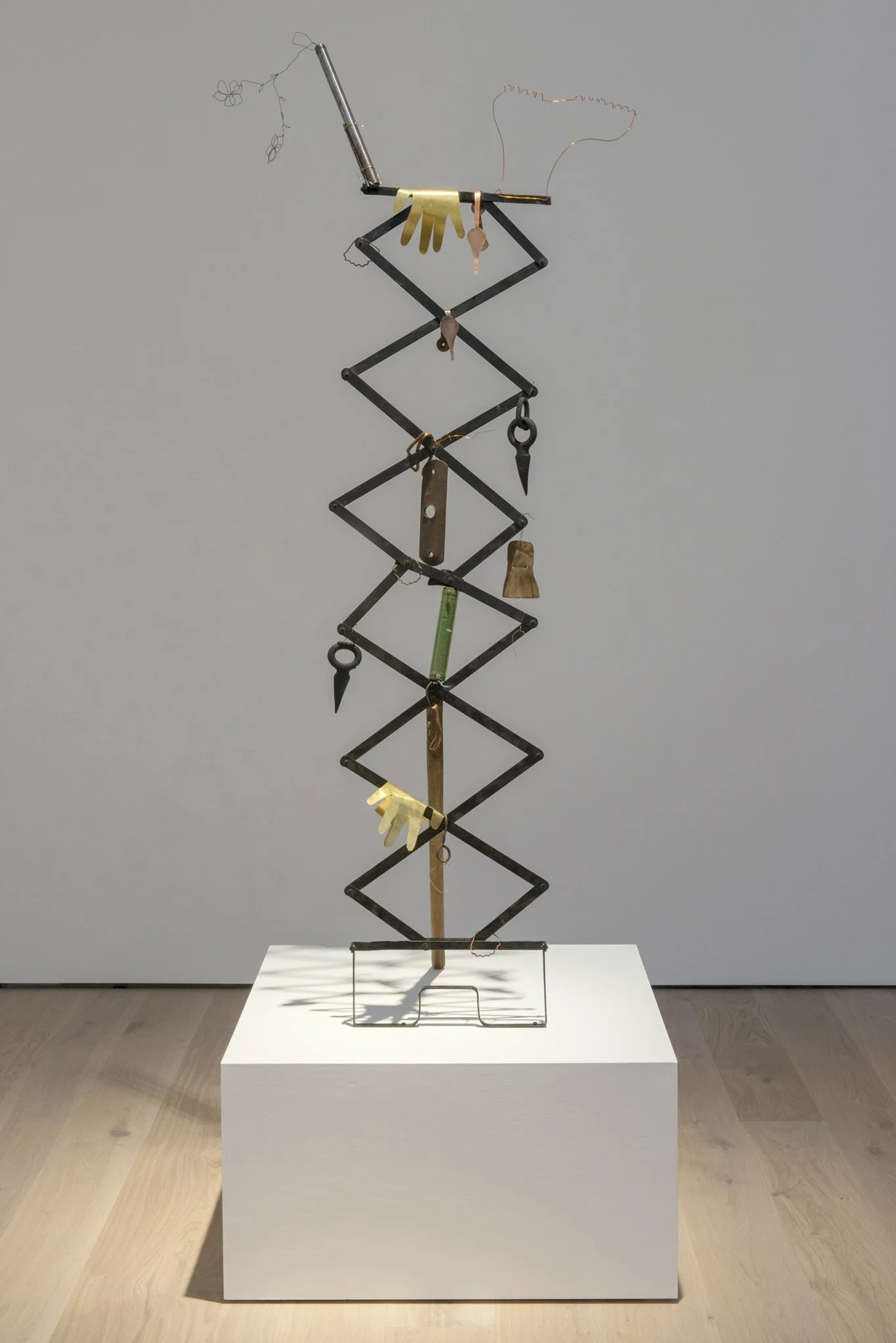TOWN + COUNTRY: NARRATIVES OF PROPERTY AND CAPITAL
Architects Against Housing Alienation
Rodney Graham
Gabrielle L’Hirondelle Hill
Karin Jones
Tiziana La Melia
Carel Moiseiwitsch
Alex Morrison
Janet Wang
Holly Ward
Tania Willard
Lawrence Paul Yuxweluptun
Central Gallery
July 20 to September 21, 2024
Morris and Helen Belkin Art Gallery
January 10 to April 13, 2025
Curated by Caitlin Jones, Charo Neville, and Melanie O’Brian
Town + Country: Narratives of Property and Capital troubles the enduring narrative binary of town and country. Borders between these two terrains have always morphed and slipped around each other theoretically, politically, economically, and socially, yet the narrative of the urban/rural divide persists. Indigenous land dispossession and reclamation, capital accumulation in the form of real-estate assets, labour, and technological development are all obscured by this persistent fiction. Town and country narratives similarly obscure questions of class, freedom of movement, and resource extraction.
Art has played a defining role in the narrative. This group exhibition, which focuses on histories and practices in so-called British Columbia, approaches the political, economic, and representational systems at play in our long-mythologized conceptions of this binary of place, through the work of contemporary artists. The narrative’s total erasure of Indigenous sovereignty and other communal approaches to land—systems and protocols that governed (and continue to govern) unceded lands and preceded notions of western property—has had a profound impact. Tania Willard's Secwepemcúl'ecw, 2009, reclaims the City of Kamloops’s logo and Lawrence Paul Yuxweluptun's declarative text painting You Are On Indian Land, 2024, emphatically situates the exhibition in territory beyond the limited perspective of town and country.
Bourgeois migration from the industrial city to the country idyll–seen in the British Arts and Crafts movement at the turn of the twentieth century, the back-to-the-land movement of the 1960s, and the most recent pandemic exodus–cycles repeatedly. This conception of “retreat to the country” wherein the country is seen as an unoccupied space of health and freedom continually under threat from its hungry, industrial urban counterpoint, in both instances, hinges on conditions of colonialism, land ownership, and physical labour. As the city increasingly becomes a place of parked capital (in the form of real estate investment) resulting in an urban housing crisis, the country becomes an attractive alternative for many. But the country is not simply a place where artists can enjoy larger studios for a lower cost, it is a place of diverse cultural production and economic imperatives of its own. Obscuring this repeats violent economic cycles of private property and its displacement in a dopplegänger effect. Works by Rodney Graham and Tiziana La Melia invoke these dopplegängers through the tale of the town mouse and the country mouse, the aesthete and the rube, to directly problematize these characterizations. Alex Morrison's drawings and sculpture examine the ongoing relevance of William Morris's socialist activism around labour and housing, itself expressed through a romanticized rural aesthetic.
The ongoing colonial land grab and conceptions of property ownership as economic security follow an unsustainable commodity logic. Past and current land use policy continually entrenches the conversion of housing and territory into “assets.” Gabrielle L'Hirondelle Hill's sculptural works from her Four Effigies for the End of Property, 2017, series consider how stolen land becomes (and remains) colonial property through legal frameworks such as pre-emption and highest and best use. Architects Against Housing Alienation, with their Not For Sale, 2023, project presented at the 2023 Venice Architecture Biennale, point to achievable policy alternatives and ways of reframing that could ameliorate the current critical housing crisis across Canada.
The perceived separation of urban from rural, country from city has, in addition to fueling land dispossession and privatization, hidden the mass exploitation of human capital. Holly Ward’s Monument to the Vanquished Peasants, 2016, points us back in time to the feudal shift from land as a public commons to private enclosures and its impact on peasant labourers and economies. In her installation Points of Entry, 2021, Janet Wang considers histories of Chinese workers in British Columbia, as the railway necessary to open up the Province for further extraction and exploitation, was built through their indentured labour. Karin Jones’ sculptural installation aestheticizes the farming implements of rural labour as tools of both complicity and resistance.
The rapidly unfolding climate catastrophe may render moot any distinction between city and country, as floods and fires destabilize established systems of property and value. Carel Moiseiwitsch relocated from the city to the country, only to be forced back to the city as a result of a devastating wildfire in Lytton, BC, that destroyed her home and her life’s work. Her fire paintings capture the violent endgame of ongoing capital accumulation.
The works in this exhibition subvert rural and urban binaries to offer gestures of refusal and resistance. Through the inextricable entanglement of town and country's histories, nostalgias, and futures, the exhibition reflects on a critical reframing of conceptions of “land use” across disciplines. Our moment requires a radical rethinking of property, territory, occupation, and ownership, and these artists and activists can help do this.
Organized by the Kamloops Art Gallery and the Morris and Helen Belkin Art Gallery, our sites offer a dialogue between the binaries of town and country as well as on the structures of settler colonialism on unceded Indigenous territory that define our institutions.
Town + Country: Narratives of Property and Capital is curated by Caitlin Jones, Charo Neville, and Melanie O’Brian and made possible with the generous support of the Audain Foundation, Jane Irwin and Ross Hill, the Hamber Foundation, the Canada Council for the Arts, the Province of British Columbia through the British Columbia Arts Council, and the Belkin Curator’s Forum members
Gabrielle L’Hirondelle Hill
The Highest and Best Use from Four Effigies For the End of Property, 2017
mixed media (de-accessioned artefacts from the North Vancouver Museum and Archives)
181.6 x 81.3 x 40.6 cm
Installation view, Polygon Gallery, N. Vancouver, 2017-2018

